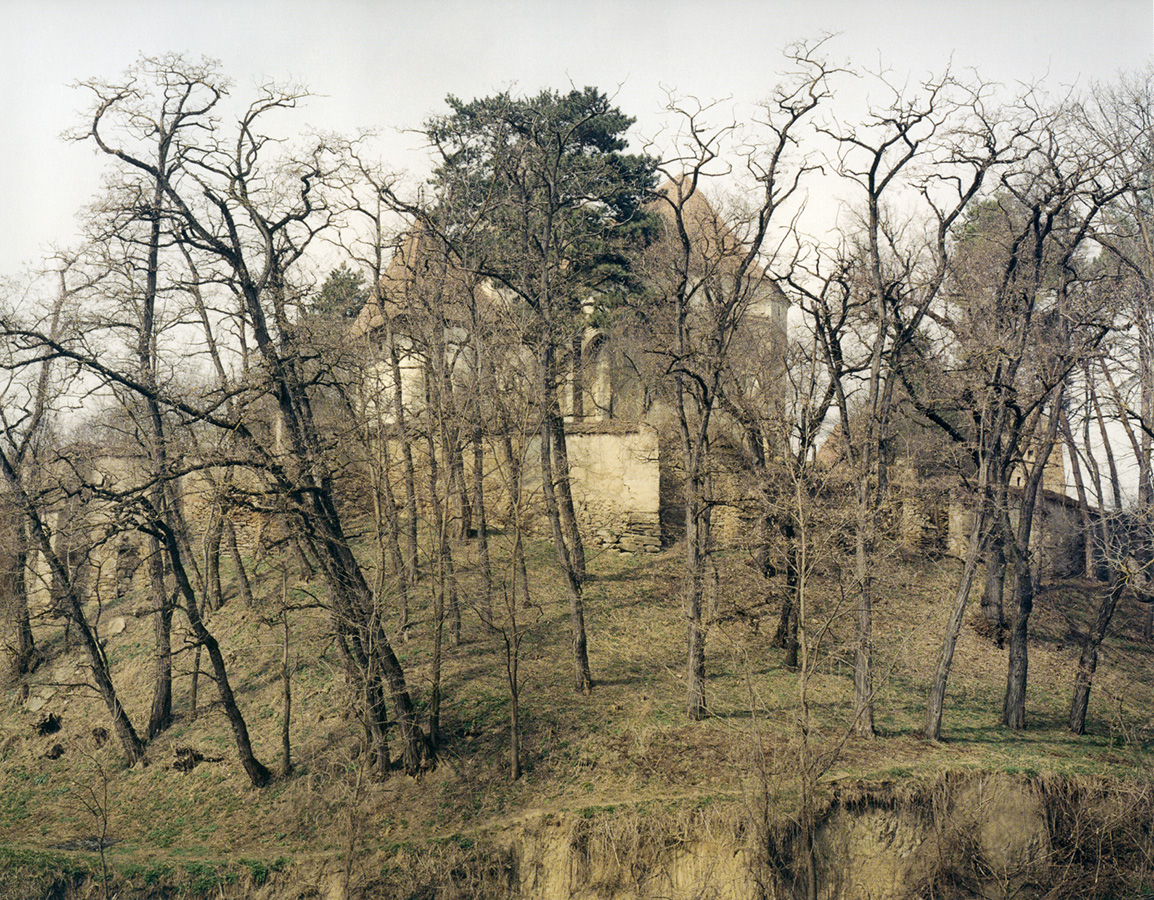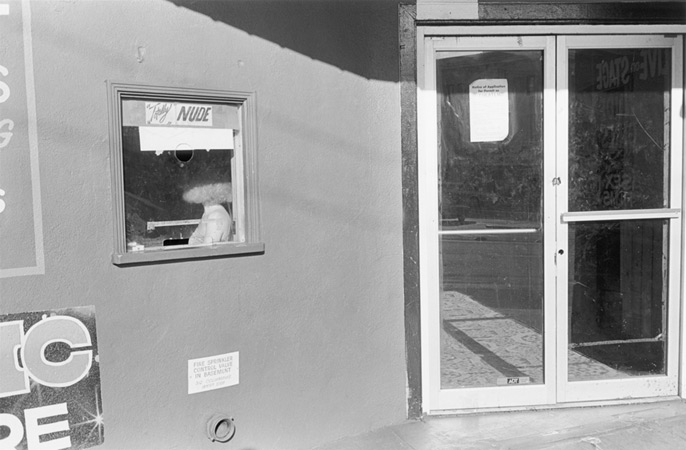In praise of short photobooks
When I first became aware of the recent release of Bruce Davidson’s Los Angeles 1964 through an online article, I was intrigued by a few sample pictures, and I sort of imagined a bricklike physical object housing a vast trove of a master’s unpublished archive. So when I saw it at the Strand one day, I was surprised by how thin the book was. There are just 25 images, a couple of title pages, and a single paragraph by the photographer.
In that text, Davidson says that Esquire sent him to L.A., but did not end up using his pictures, and he “had to return home with a big box of prints,” which was then forgotten. I admire the discipline that he has shown in editing the contents of that big box. Each picture that ended up in the book is a first-rate example of classic street photography. But that’s not why I’m considering it here; rather, it’s the book’s concision that makes it a striking success.
To expand on my thought before seeing the book in person: a title like Los Angeles 1964 obviously signals that a geography and a time are common to the pictures inclusive; it generally equally signals that that may be all that connects them. And when that’s the case, we’re more likely in the company of a catalog than a photobook with a cogent narrative. Both are cool, but they are different. And to be honest, the Davidson book is a catalog: but one so deftly compressed that it somehow creates a set of relationships between pictures that are otherwise not terribly strongly connected to one another. Even upon repeated readings, it leaves me wanting more, but knowing also that excess would spoil the fun.
The import of the title is brought into sharp relief when we consider another admirably short book, also of apparently older photographs: Henry Wessel’s Incidents. There are 27 pictures in this book, and no text. (I hope this latter is a lesson to us all.) Here again, each picture is fairly discrete, a distinct occurrence. Yet the title is ingeniously effective in creating the reader’s perception of cohesion within the book; it suggests that the experience of the reader herself is the narrative glue, and not the subject matter. We become perhaps a voyeur or a detective, and if we start to imagine those dark occupations, then Wessel’s sun-drenched images – the polar opposite of noir – become even more perversely delightful.
In the case of Incidents, brevity is key because of the work the pictures demand of us. Another definition of “incident” is: “something dependent on or subordinate to something else of greater or principal importance.” In this book, we are made to puzzle out that something of greater importance, and I think it’s crucial not only that the subordinate events not only not overwhelm, but that they leave us tantalizingly unfulfilled: a clue or two shy of a solution.
Of course, in general, it’s that lack of a clear solution that pleasingly distinguishes the short story from the novel. We sacrifice detail and drawn-out development for a desirable ambiguity created in quick strokes. And then there’s the sort of writer – people say this often of Alice Munro, for example – who somehow brings the feeling of novelistic weight into the short form. I can think of one photobook that fits this bill.
Clare Richardson’s Beyond the Forest is a remarkable work, regardless of length. But I remember the first time I saw it (and loved it): a friend asked shortly afterward: “You know that’s only 17 pictures, right?” What an eye-opener. A reading of this book does not seem long in a temporal sense, yet a density of experience lingers. Surely much of that owes to the large-format color pictures, which even simply on the surface offer detail and dimension that are different in kind from the 35mm black-and-white work of either Davidson or Wessel.
But it’s also the chosenness of the pictures. One can sense a narrative among them without reference to any title and also without reference to the (admittedly short) text in the book that seems too twee by half in comparison to the rigor of the pictures. A strange thing happens: whereas in Los Angeles 1964 or Incidents, where each pictures is compressed like coal into a diamond, Richardson’s pictures expand like sponges and seep out into one another. There are only four true portraits, and their common shallow depth of field and relatively tight cropping make the surrounding environment incidental; yet each is thoroughly suffused with atmosphere by the landscape pictures elsewhere in the book. It’s a neat trick: the book is laconic, but the pictures are not, and the result is a particularly rich experience manifested in the seemingly slightest of gestures.



